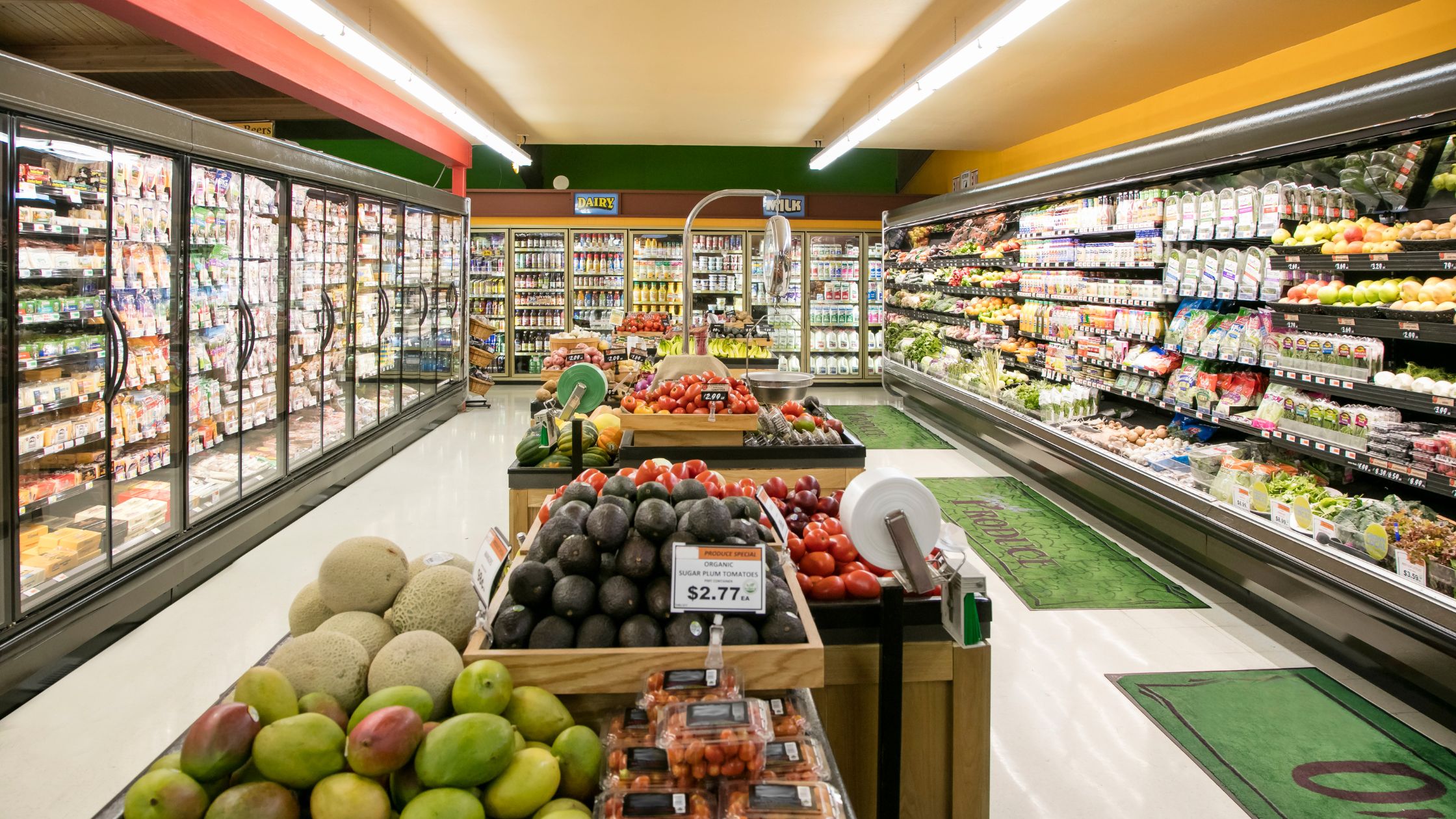
07 Nov - Optimizing Your Retail Layout with AiFi’s Spatial Intelligence
Over 70% of consumers say store design directly influences their purchase decisions. A poorly designed store can lead to frustrated customers, abandoned carts, and ultimately, lost revenue.
This blog post reveals how AiFi's technology provides data-driven insights to optimize every aspect of your in-store experience, from traffic flow and dwell time to conversion zones and product placement.
Understanding Customer Flow with Spatial Data
The key to optimizing your store layout and in-store experience lies in understanding how customers move and behave within your space. AiFi's spatial intelligence technology provides the foundational data you need to make informed decisions about everything from department placement to product displays.
By following traffic patterns, dwell time, and conversion zones, you’ll gain a deep understanding of the customer journey and can identify opportunities to enhance the shopping experience and drive sales.
- Traffic Patterns: Spatial intelligence gives you a bird's-eye view of your store, letting you see how customer traffic ebbs and flows in real time. AiFi's suite of technologies can identify those high-traffic zones, spots where bottlenecks might form, and the paths customers naturally take through your store. This information helps you make smarter decisions about your store layout, like where to place departments and displays.
- Dwell Time: Ever wonder which parts of your store really grab attention? AiFi's technology measures dwell time, revealing how long customers spend in different areas of the store. This data helps you identify which displays are most effective at drawing customers in, which products generate the most interest, and which areas might be underperforming.
- Conversion Zones: It’s true that some areas in your store are better at turning browsers into buyers. Spatial intelligence can identify these high-performing "conversion zones" - the spots where purchase decisions happen most often. Knowing these key areas allows you to fine-tune your merchandising strategies, strategically placing products and promotions to maximize sales and create a more profitable retail environment.
Optimizing Layout for Maximum Impact
Armed with the insights gained from understanding your unique customer flow, you can transform your store layout into a high-performing sales engine. Put your data to work and create a store layout that encourages browsing, minimizes friction, and ultimately drives sales.
1. Department Placement
Counting on outdated planograms or unreliable guesswork is in the past. Spatial intelligence can reveal the ideal location and size for each department based on actual customer traffic patterns and purchase behavior.
High-traffic areas are prime real estate for popular departments or impulse-buy items - especially considering that the average consumer spends $151 per month on impulse purchases! By strategically placing essential departments toward the back of the store, you encourage exploration and discovery, exposing customers to a wider range of products and increasing the likelihood of both planned and unplanned purchases.
2. Aisle Width and Flow
Create a comfortable and intuitive shopping experience by optimizing aisle width, spacing, and even direction. Instead of the same old uniform aisles, use spatial intelligence to identify where wider aisles are needed to accommodate high traffic flow and prevent bottlenecks.
In other areas, you could strategically narrow aisles to subtly guide customers towards specific product displays or categories. This nuanced approach to aisle design enhances the shopping experience and encourages browsing, leading to a longer and more fulfilling in-store experience.
3. Checkout Optimization
Just as important as product placement and aisle flow is the final stage of the customer journey: checkout. Spatial intelligence helps optimize this critical touchpoint by strategically placing checkout counters, self-checkout kiosks, and queue management systems.
By analyzing customer flow and peak traffic times, you can determine the optimal number and placement of checkout options, minimizing wait times and preventing long lines that can lead to frustration. Especially for customers juggling busy schedules and multiple options, a smooth checkout experience could be the single reason they choose your store over another.
Product Placement That Drives Sales
Strategic product placement is about more than just filling shelves; it's about understanding how customers shop and using that knowledge to boost sales. It's an investment in optimizing your store's performance and maximizing your return on every square foot.
Spatial intelligence provides the data-driven insights to make smarter decisions and drive profitability. Here’s how:
- Product Adjacency: Forget guesswork when deciding which products go together. Data analysis reveals how customers browse and what they buy, allowing you to optimize product placement for maximum impact. Placing related items together - like batteries next to electronics or snacks near beverages - encourages shoppers to grab both, boosting cross-selling and impulse buys.
- Eye-Level is Buy-Level: Want to highlight your most profitable items? Put them where they'll be seen! Spatial data helps you understand customer sightlines and optimize shelf placement, ensuring your high-margin and promoted products catch the eye and drive sales.
- End-Cap Optimization: End-caps are valuable real estate in your store. Spatial intelligence pinpoints high-traffic end-cap locations and guides you toward the most effective products or promotions to feature, turning these displays into sales powerhouses.
Final Thoughts
Optimizing your store layout doesn't have to be complicated.
AiFi's spatial intelligence technology is easy to implement and provides immediate, actionable insights. With our intuitive platform, you can quickly identify areas for improvement and start making data-driven decisions that impact your bottom line.
Request a demo today to see how AiFi can transform your retail space.




